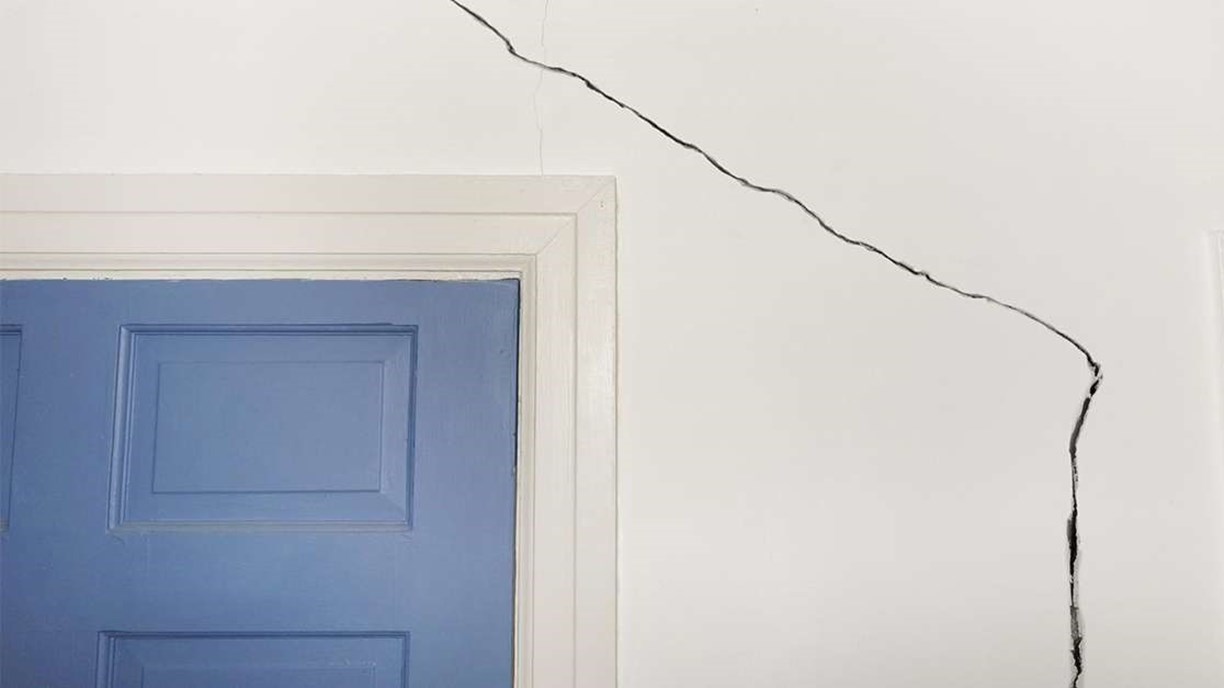
What is an investment? For most people, it’s buying stocks and shares. However, it’s quite intimidating, given the turbulent nature of current circumstances. So if you are looking to invest, real estate is always a smart choice. It’s a physical asset, a great passive income generator – overall, a reliable revenue source. You might not have known that there are several types of real estate investments, and you should think long and hard before you decide which is the best for you.
Passive real estate investments
As the word implies, this is the type of investment where you take a more passive role. There is no driving around in search of a suitable property. Instead, there are real estate investment platforms where you can browse through the options. These platforms often function as crowdfunding websites. You will find a specific project you want to invest in. The amount of money you will put in will depend on the project and the platform of your choice. Then, your money will be put together with other investors’ money, and you will receive dividends from the projects you have invested in. Dividends will, of course, be proportionate to the amount of money you have put in.
Moreover, passive investment means that you will not be responsible for the maintenance, repairs, rent collection or other property manager duties. You are just an investor.
Active real estate investments
If you would rather take a more proactive road, active real estate investment is your option. Beware, however, that it can be much harder than it seems. You will have to spend more time searching for the right rental property to invest in. This type of investment implies purchasing the property of choice and being responsible for all managerial duties like finding tenants. It will mean that you are the landlord, and you will be collecting rent in exchange for housing and maintenance.
If this sounds like a suitable option for you, it’s worth considering the following points:
- rental affordability – if it’s high, it means you will have no difficulty finding tenants, but the rent will not be as high as you’d probably like. Alternatively, if it’s low, there will be fewer potential tenants, but the charge for the rent will be much higher.
- housing starts – this is the number of other housing facilities under construction in a particular area. If there are many constructions in development, it may increase the value of your property.
- average house prices – look only at areas where property prices are increasing because you will ensure positive returns and charge higher rent.
Something in-between
If being a landlord is too much for you, but you do want some direct control over the management of a property, there are semi-passive options for you. One such option is hiring a property manager who will do all the heavy lifting for a fee. Another one is finding an alternative real estate investment, such as a parking lot or a garage. And finally, if you have space in your home you don’t use, you can rent it via Airbnb or Homestay websites.
Flipping homes
Buy, renovate, sell for more – sounds pretty straightforward. However, this is the most costly, time-consuming, and energy-draining of all real estate investments. The way to make it work is to have a network of trustworthy and reliable contractors. Also, it’s vital to keep in mind that this is a risky business – the real estate market, economy, and location play an important role. So, there are no guarantees that the house will sell for more.
Nevertheless, it still has a lot of potentials. In 2020, many families who live in apartments dreamed of a house with a garden during lockdowns due to Covid-19. If you’re into making dreams come true, flipping houses is the right choice for you. All these people will have to do is hire the guys from a moving company, such as Zippy Shell Columbus or similar places, to help them relocate safely and efficiently.
Real estate investments are always a good idea, whichever way you choose. However, you do need to do your homework before investing, for you can easily lose your shirt if you don’t play your cards carefully. But if you do, not only will you make your money back, but you will make some, and more.






